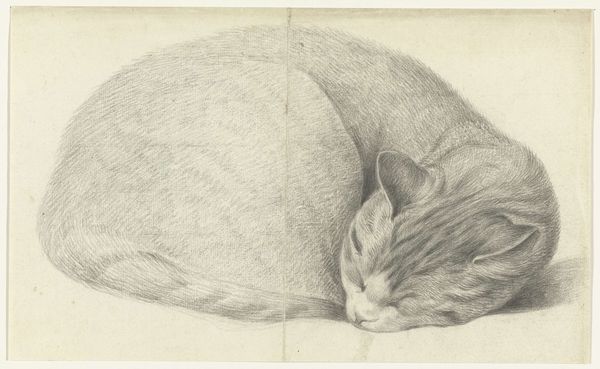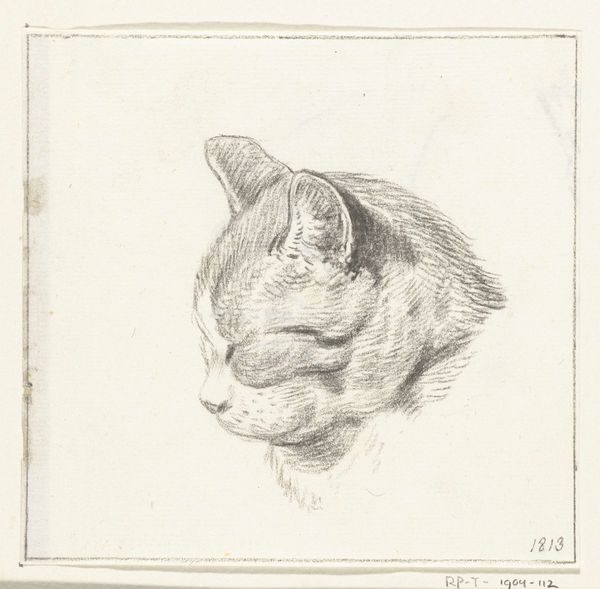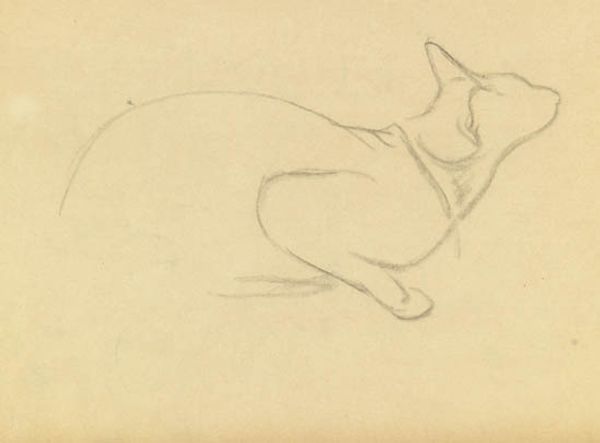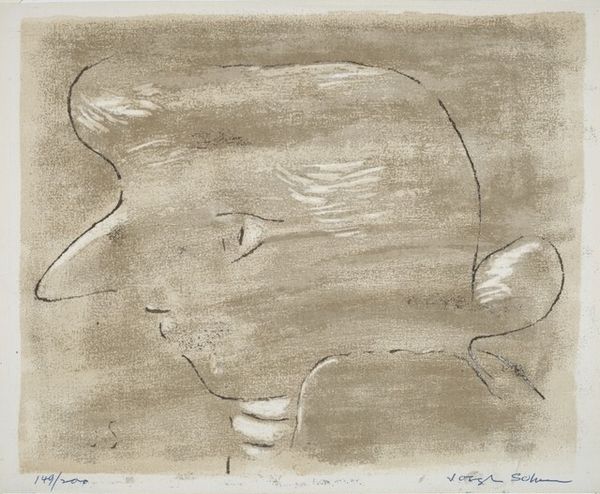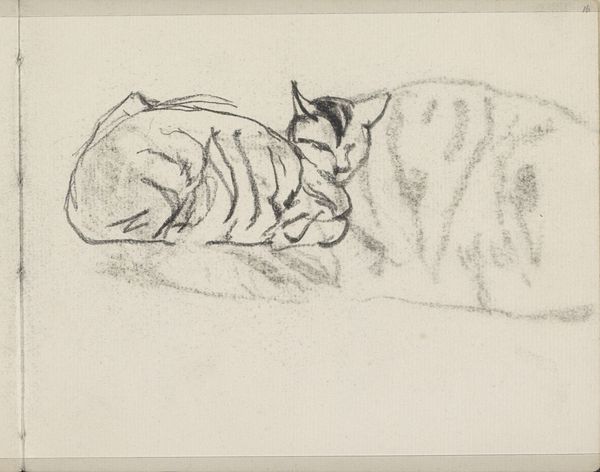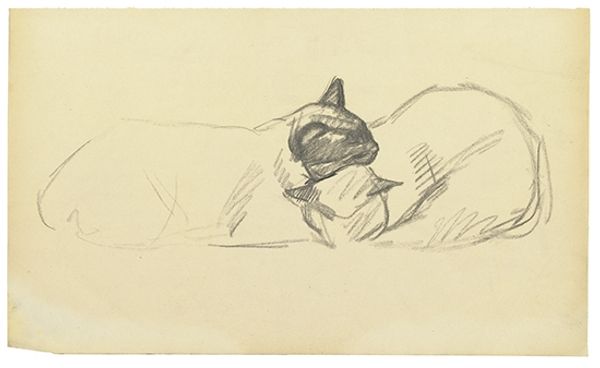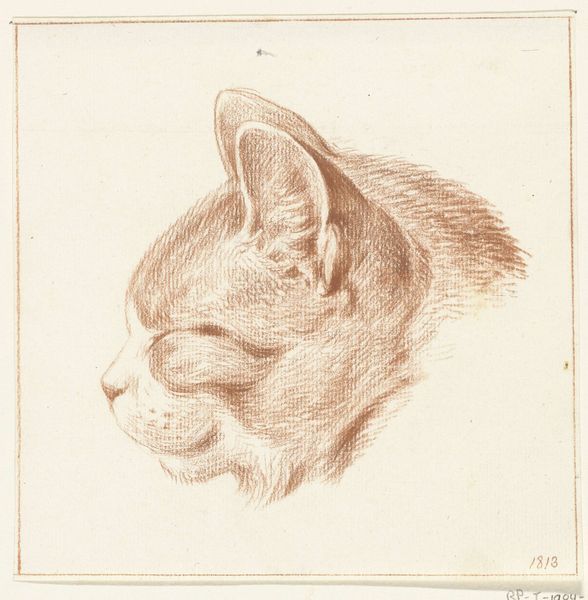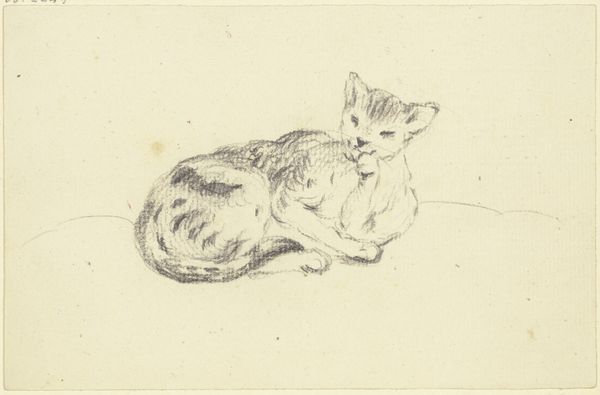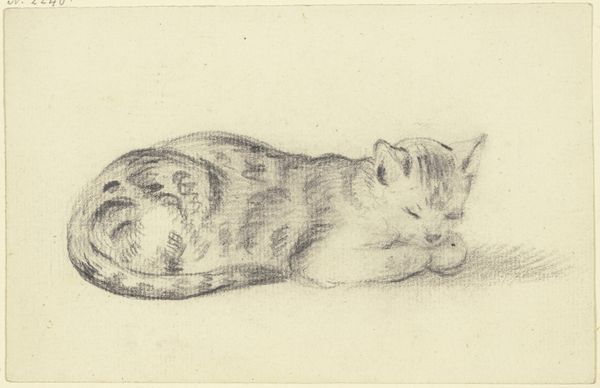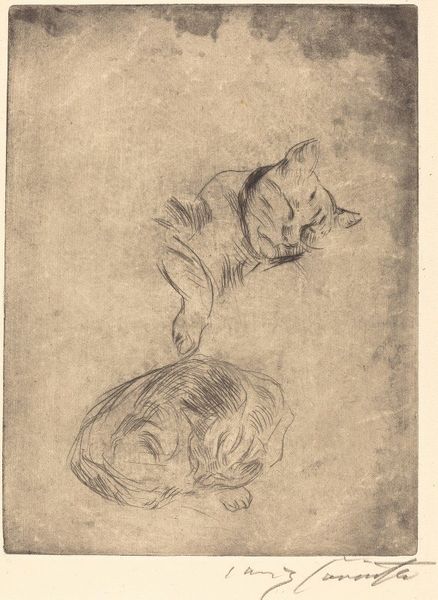
Untitled (Mozart Profile To Viewer's Left on Golden Background) 1945
0:00
0:00
drawing, print, paper
#
portrait
#
drawing
#
water colours
# print
#
paper
#
abstraction
Dimensions: image: 215 x 302 mm sheet: 279 x 328 mm mount: 455 x 354 mm
Copyright: National Gallery of Art: CC0 1.0
Editor: So, this is Joseph Solman’s "Untitled (Mozart Profile To Viewer's Left on Golden Background)," made in 1945, seemingly a print on paper. I'm immediately struck by how rudimentary and fragile the lines are. How do you interpret this piece? Curator: It's crucial to analyze the "print on paper" aspect, here. What was Solman's process? How many of these prints did he produce, given its being labeled "149/200"? It allows the artist to explore reproducibility, labor, and potentially wider access to art, challenging the traditional preciousness of unique artworks. And who would buy such work in the mid 40's, and for what purpose? Editor: That’s interesting, I hadn't really considered it in terms of labour, production and potential consumption. Do you think the "golden background" material affects its appeal, its potential pricing? Curator: Absolutely. Think about what 'gold' represents culturally. By invoking 'gold', Solman immediately enters a dialogue with ideas of value, luxury, and even religious iconography. Yet, the very thin application of "gold" print negates any inherent financial gain. How does this tension—between the implied value of gold and the reality of inexpensive printing—inform the artwork's message about cultural and class stratification, and the means through which such ideals can be re-appropriated through artistic process and access? Editor: I get it; it’s like Solman uses this material to create some kind of statement about wealth, or its facade… I’ll never look at 'paper' and 'prints' the same way! Curator: Precisely, always delve into the production methods and materiality of an art work, if you want to find deeper meaning.
Comments
No comments
Be the first to comment and join the conversation on the ultimate creative platform.
